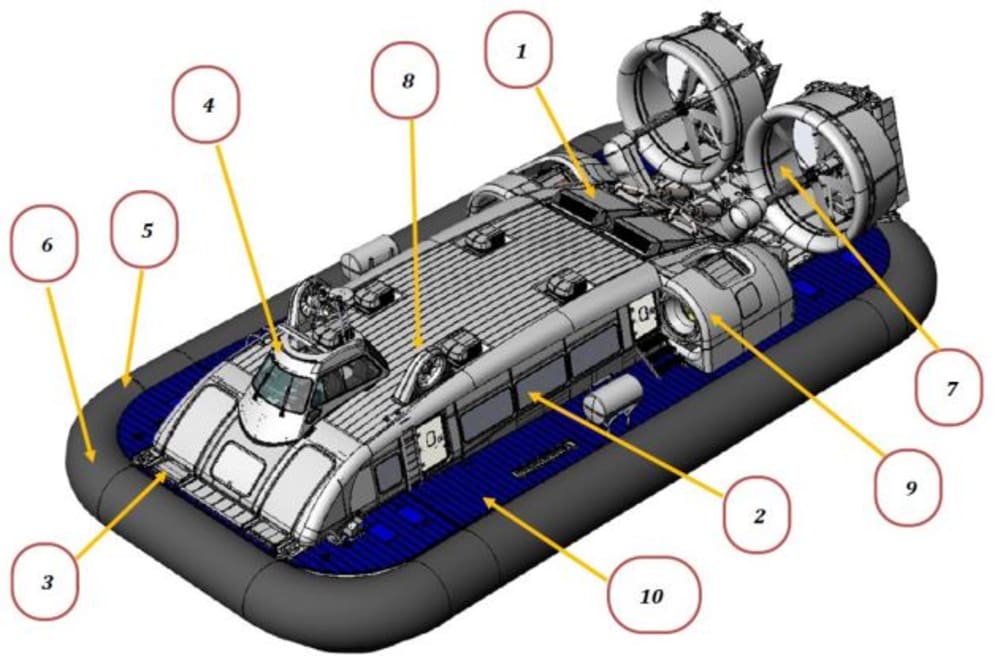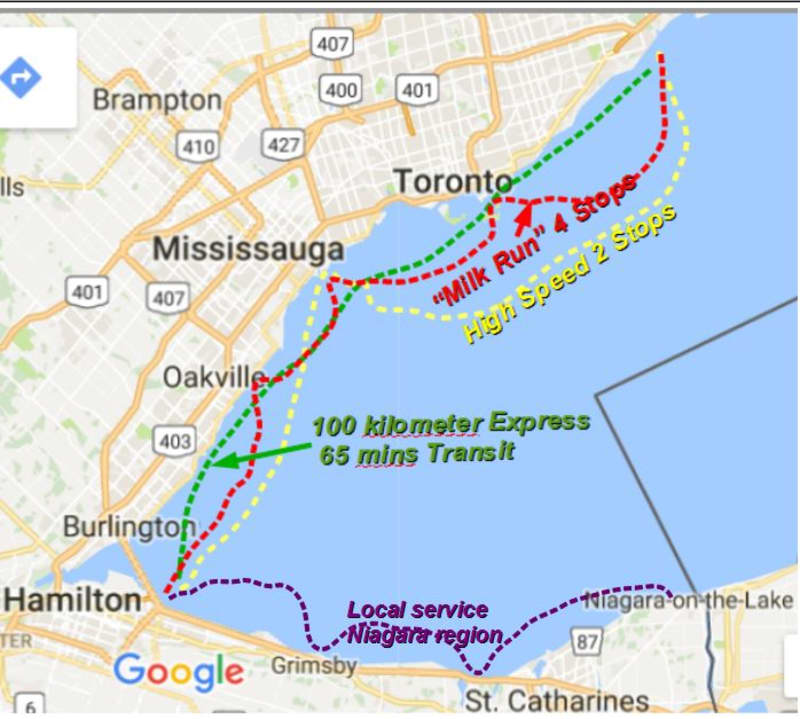Gridlock in and around megacities is already at crisis levels and will escalate exponentially into the future unless viable solutions are found to solve the problems. Pollution from idling motor vehicles aggravates global warming problems.
Mega cities which border on waterways have a solution which is immediate and much less expensive than other proposals which would take decades to implement The judicious use of hovercraft on waterways offers a solution which can be implemented now and show positive results within a remarkably short period of time.
The study we made was to do with Toronto (Canada) which has gridlock problems which have been estimated to accumulatively cost $11 BILLION a year.
The Lake Ontario shoreline is underutilised and hovercraft as a high 'speed transit machine could open up traffic lanes at peak hours significantly reducing the effects of gridlock by drawing off commuters and providing shorter commuting times from the east-west west-east major highway arteries by transferring the commuters by Hovercraft along the lake shoreline.
A traffic study by McMaster university around the GTHA (Greater Toronto Hamilton area) provides baseline numbers for a proposal.
The hovercraft incorporating advances made over the past 3 decades is shown in the sidebar. This machine is an 88 passenger vehicle which cruises at 50 knots, is significantly quieter than previous models with greater fuel efficiency and an advanced skirt system.
The 10 technological advances are ballooned in the middle sidebar.
McMaster data shows that (initially) three of these hovercraft shuttling back and forth along the shoreline have the potential to open up 18 kilometres of highway at around highway speeds allowing north south commuters to blend into the highways without the polluting stop and go problems aggravating gridlock.
Each hovercraft is valued at around $10 million thus for a $30 million investment the daily gridlock problem is significant reduced.
The logistics of such a proposal are covered by existing co-operative endeavours at each end of the commuting route.
The lower sidebar shows the various routes which can be serviced by the hovercraft. This graphic could be extrapolated to other mega cities experiencing similar problems.
The flexibility and transit speed of the hovercraft allows it to service various journey scenarios since it can get from one venue to another much faster than conventional marine vessels.
When the hovercraft are not offloading highways during peak traffic hours they can be repurposed as hover buses around shorelines or as high speed all the year round cross lake machines.
The transit-time for a St. Catharines to Toronto journey (for example) at cruising speed would be 27 minutes-loading and offloading at terminals would be conditioned by people traffic densities .
In conclusion the use of hovercraft to resolve gridlock issues as described here is efficient, relatively inexpensive, speedily implemented, flexible and versatile and applicable to most cities bordering waterways.
Like this entry?
-
About the Entrant
- Name:John Mitchell
- Type of entry:teamTeam members:John Mitchell Jim Grimwood Peter Meyer Bruce Chambers
- Patent status:patented








